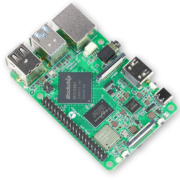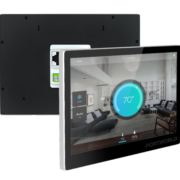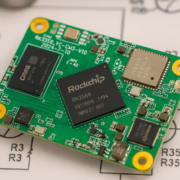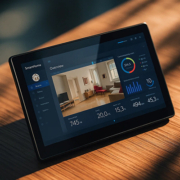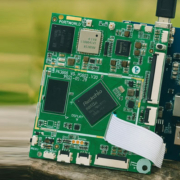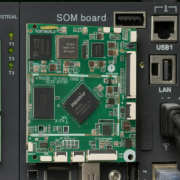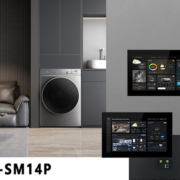What is the Difference Between SoM and SoC?
In the world of embedded systems and smart devices, two commonly used terms are SoC (System on Chip) and SoM (System on Module). Although they sound similar and are both integral to compact computing applications, they serve different purposes and are designed for different stages of product development.
In this article, we’ll explore the key differences between SoC and SoM, how each works, and when to choose one over the other—especially in smart home and IoT scenarios.
What is a SoC (System on Chip)?
A SoC, or System on Chip, is a single integrated circuit that contains all the essential components of a computer system, including:
- CPU (Central Processing Unit)
- GPU (Graphics Processing Unit)
- RAM controller
- Storage interface (Flash or eMMC)
- I/O controllers (USB, UART, SPI, etc.)
- Networking modules (Wi-Fi, Bluetooth, Zigbee – optional)
SoCs are highly compact and are typically soldered directly onto a device’s main PCB. They are used in smartphones, tablets, smart home hubs, and embedded control panels where space and power efficiency are critical.
What is a SoM (System on Module)?
A SoM, or System on Module, is a small circuit board that contains a SoC as its core along with additional essential components like:
- RAM
- Flash storage
- Power management
- Clocking circuitry
- Connectivity interfaces (Ethernet, USB, display interfaces)
Unlike a raw SoC, a SoM is a ready-to-use computing module designed to be plugged into a custom carrier board via standard connectors (such as SODIMM, MXM, or edge connectors). It provides a full development environment and significantly reduces hardware design complexity.
SoC vs SoM: Key Differences
| Feature | SoC (System on Chip) | SoM (System on Module) |
|---|---|---|
| Form | A single silicon chip | A small module PCB |
| Components | Only the chip | SoC + memory + power + I/O |
| Integration | Directly soldered to PCB | Plug-and-play via connector |
| Design Complexity | High – needs external components | Low – ready to deploy |
| Use Case | Mass production, consumer electronics | Prototyping, industrial products |
| Customization | Requires engineering expertise | Faster, easier customization |
When Should You Use SoC or SoM?
Choosing between SoC and SoM depends on your project size, timeline, and resources.
Use SoC when:
- You need high performance and integration
- You have in-house hardware development capabilities
- You’re producing high volumes (e.g., consumer electronics)
- You want to optimize cost per unit
Use SoM when:
- You want faster time to market
- You need hardware flexibility or prototyping speed
- You’re developing industrial, commercial, or custom devices
- You prefer simplified design with fewer risks
Real-World Application: Portworld’s Smart Home Solutions
Portworld, a global smart control panel provider, offers both SoC-based and SoM-based solutions.
PortPi SoC Board
A compact Android-based SoC board optimized for:
- Smart home control panels
- Wall-mounted touch interfaces
- B2B OEM/ODM customization
- Native support for Zigbee, RS485, Wi-Fi, PoE
Custom SoM Modules
Portworld also supports businesses needing:
- Modular hardware that can be integrated into their own baseboards
- Android/Linux systems with pre-integrated automation tools
- Engineering assistance and long-term support for product scaling
These solutions are offered in CKD/SKD kits for flexible manufacturing and reduced import costs, making them ideal for smart home product developers worldwide.

